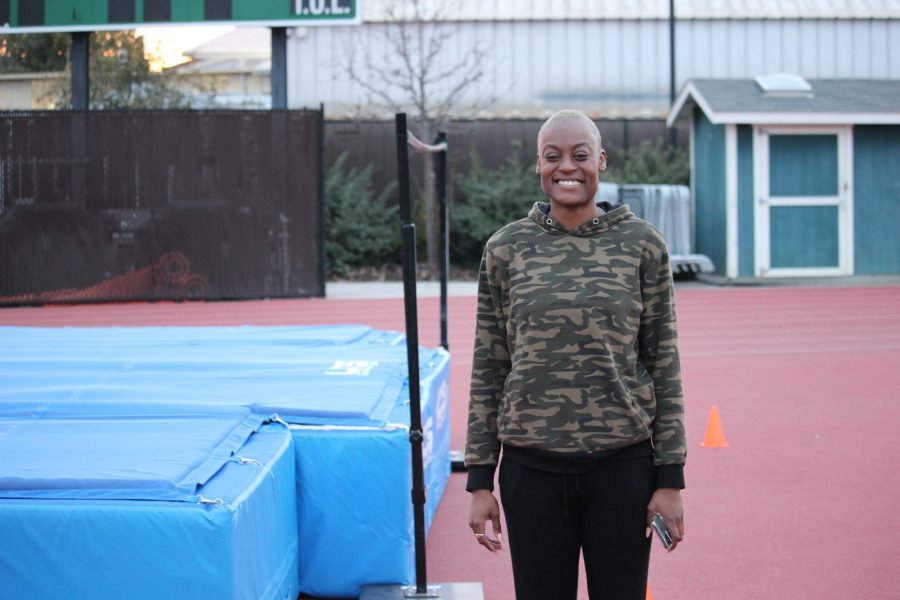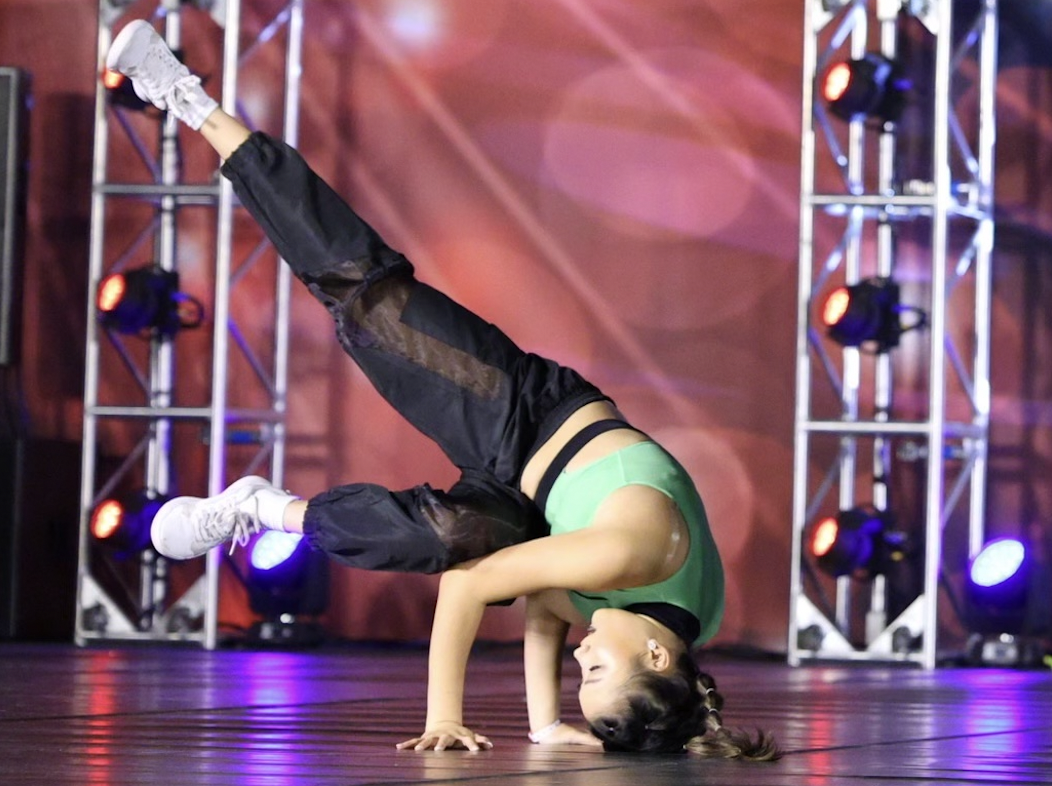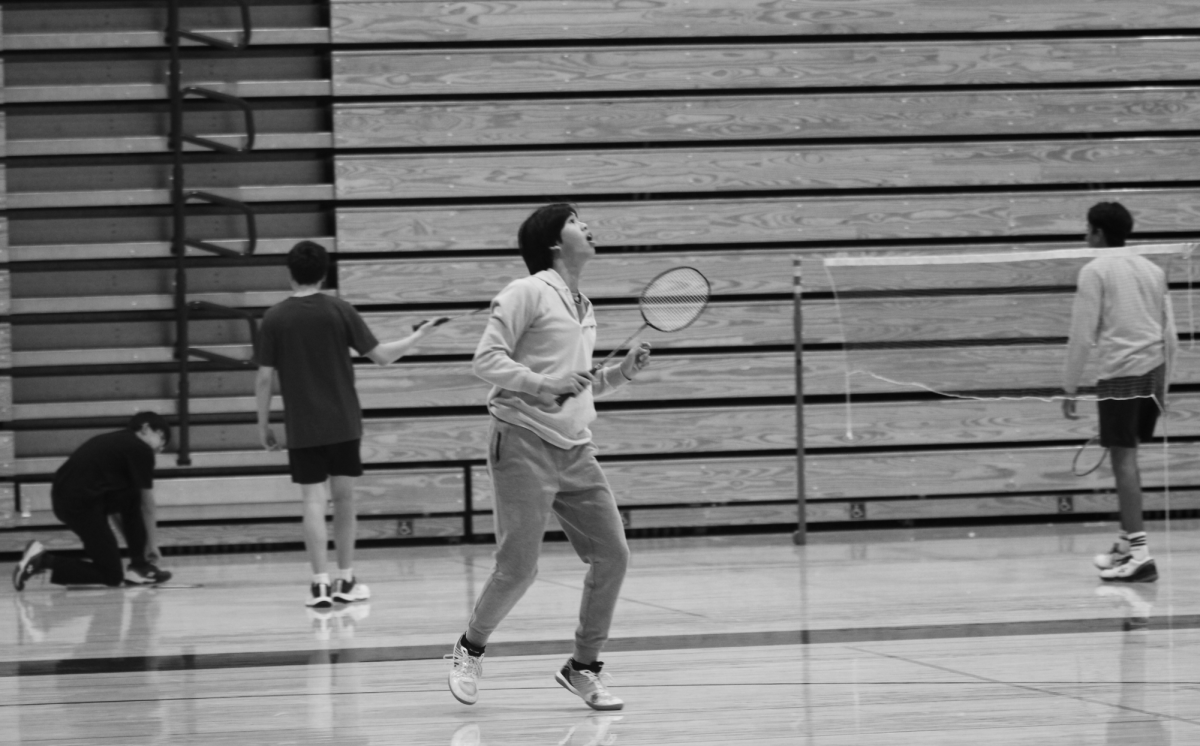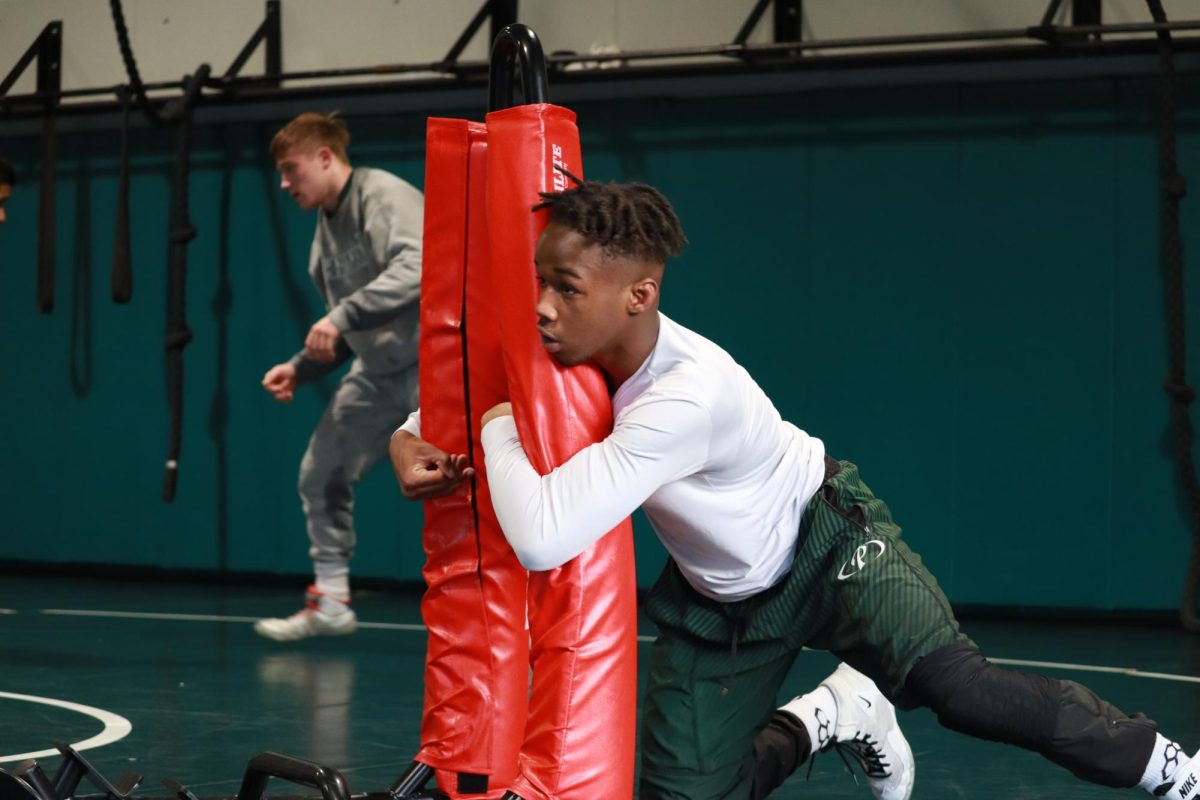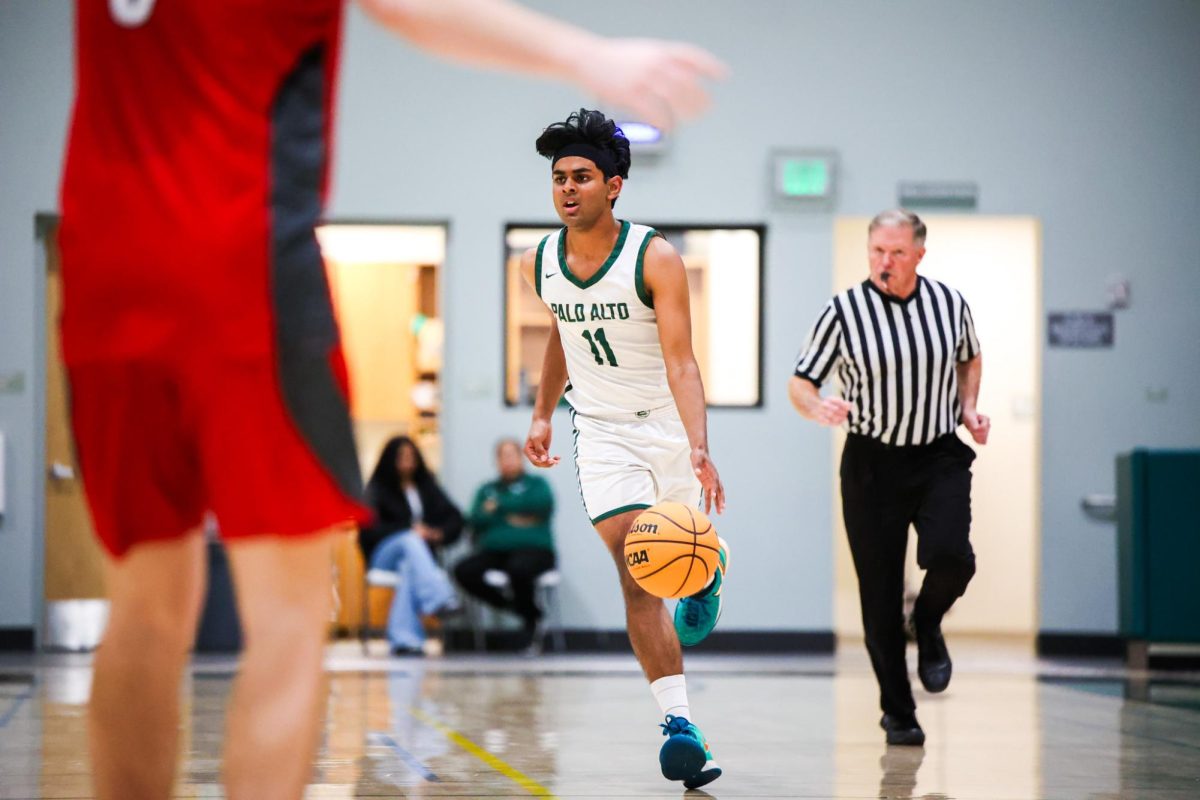Early this February, the NFL’s Washington Redskins hired their first female coaching intern, Jennifer King, who earned her master’s in sports administration from Liberty University.
She is now part of a group of women breaking gender barriers in coaching professional athletics, along with Jen Welter, the first female coach in the NFL, Becky Hammon, the first female assistant coach in the NBA, and Dawn Braid, the first full-time female assistant in the NHL.
Still, the ratio of female and male coaches shows a clear imbalance of genders.
According to a survey conducted by the Sports and Fitness Industry Association in 2015, out of more than 6.5 million adults who coach youth teams up to age 14, only 27% are women.
Junior Annika Shah, a basketball athlete, said that she has played her entire life under male coaches.
Shah said that she has never been coached by a woman but that has not made a difference.
“Most people might assume that male coaches are more intense, and female coaches are more backed off, but that is never the case,” Shah said. “If you love the sport you play, you have to be able to take criticism from anyone, and have to focus on listening and learning how to improve.”
Like Shah, many female athletes do not get to experience a female coach as a role model which could lead to them not even considering coaching as a career.
Evidently, coaches have a significant and long-lasting impact on the athletes they coach.
“From all the coaches I have had, they all have had an impact on my game and life,” Shah said.
Now, the lack of female coaches in youth sports and secondary schools is receiving attention, in particular among students and coaches at Paly.
“I do think women coaches are underrepresented at Paly,” field hockey coach Jenny Crane said. “But I also think teachers on campus who coach are underrepresented.”
There are seven mixed-gender teams at Paly, which includes cross country and track, golf, tennis and wrestling.
Paly offers 26 sports with nine boys teams, 10 girls teams, and seven co-ed sports.
According to Fatima Giffen, the assistant athletic director, there are 21 male coaches and 4 female coaches for varsity teams, which includes coed teams.
For junior varsity there are 15 male coaches and four female coaches.
There is a clear under-representation and a decline in female coaches, specifically at the collegiate — and most competitive — level.
Title IX, passed in 1972, was created to disallow any discrimination based on gender in any educational program or activity that is federally funded.
This was considered to be a notable contributor to the decline of female coaches.
Title IX was a significant event in history, and its legislation denied discrimination based on the gender in any program that receives federal funds.
The passing of this legislation urged universities to increase the number of athletic teams for girls to match what they offer for boys.
In response to Title IX, many universities combined male and female athletic departments, which meant that many men would supervise both men’s and women’s teams.
According to the Atlantic these events, alongside others, led to a systematic exclusion of women from coaching.
The Atlantic also mentioned that while Title IX has led to more girls playing sports, the proportion of women coaching female teams dropped substantially: from 90% in 1972 to 42% in 2014.
According to math teacher Kathleen Bowers there is more than just Title IX that is contributing to the lack of female coaches.
“I think that a lot of women have different obligations than men,” Bowers said. “When I coached, and my son turned two, it was too hard to keep having a babysitter running around the field.”
Bowers said the bell schedule also prevents many teachers from coaching.
If the school day ended at 3:35 p.m. and the games were at 4 p.m., it would be difficult for teachers who teach during sixth or seventh period to attend games and coach teams.
Bowers said, “When I was athletic director, I know that we did not have very many women applying for these jobs.”

